
Border Collies are highly intelligent, energetic dogs known for their impressive herding skills and versatility in various canine sports. Originating from the borderlands between Scotland and England, they have been bred for both their physical abilities and their keen mental acuity. A distinctive feature of the breed is its wide variety of coat colors and patterns. Each color variation not only adds to the aesthetic appeal of the breed but can also reflect historical breeding practices. This article explores seven stunning color variations of the Border Collie, providing a glimpse into the diversity that makes this breed both unique and captivating. From the classic to the rare, each color pattern has its own story, reflecting the rich history and ongoing evolution of this beloved breed.
1. Black and White
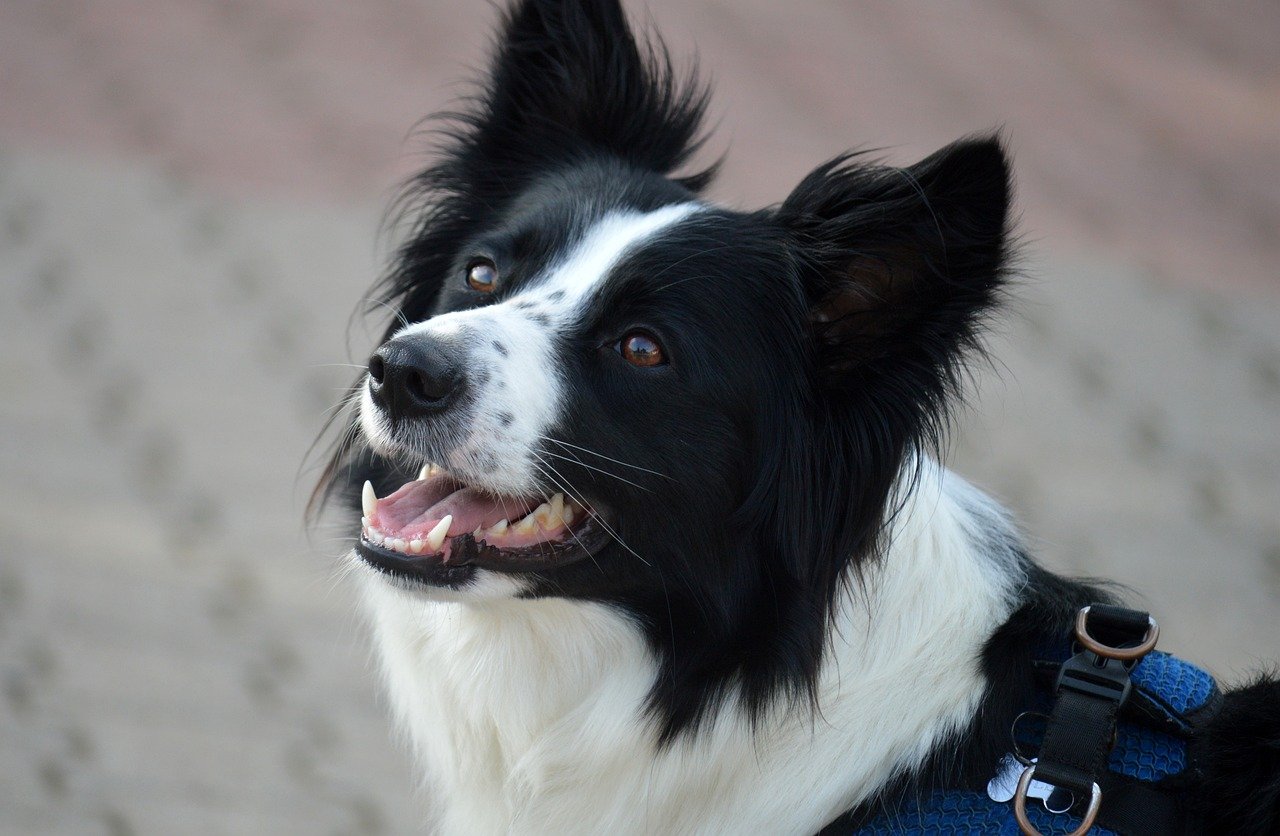
The quintessential color of the Border Collie is undoubtedly black and white. This iconic pattern is what most people envision when they think of the breed. The black fur typically dominates the body, while stark white markings adorn the face, neck, legs, and tail. This contrast is not only striking but also functional, as it increases the dog’s visibility across fields and rough terrains, aiding shepherds in spotting their canine partners from a distance. Historically, this coloration was highly valued for its visibility, which is vital during herding tasks at dawn or dusk. Black and white Border Collies often have a variety of patterns, including full or partial collars, blazes on the face, and sometimes white paws and tails, each adding unique flair to their appearance.
2. Blue Merle

Blue Merle is one of the most visually captivating color variations found in Border Collies. This stunning pattern features a mottled blend of gray, black, and white, often with specks and patches that create a distinctive and irregular coat pattern. Blue merles may also have blue or odd-colored eyes, adding to their enchanting appearance. The merle gene, which causes the lighter, patchy, mottled effect, is a result of a dilution gene that affects the base color, which can be black in blue merles. Owners should note that breeding two merle-colored dogs can lead to health complications for the offspring, such as hearing and vision problems, due to the double merle gene.
3. Red and White
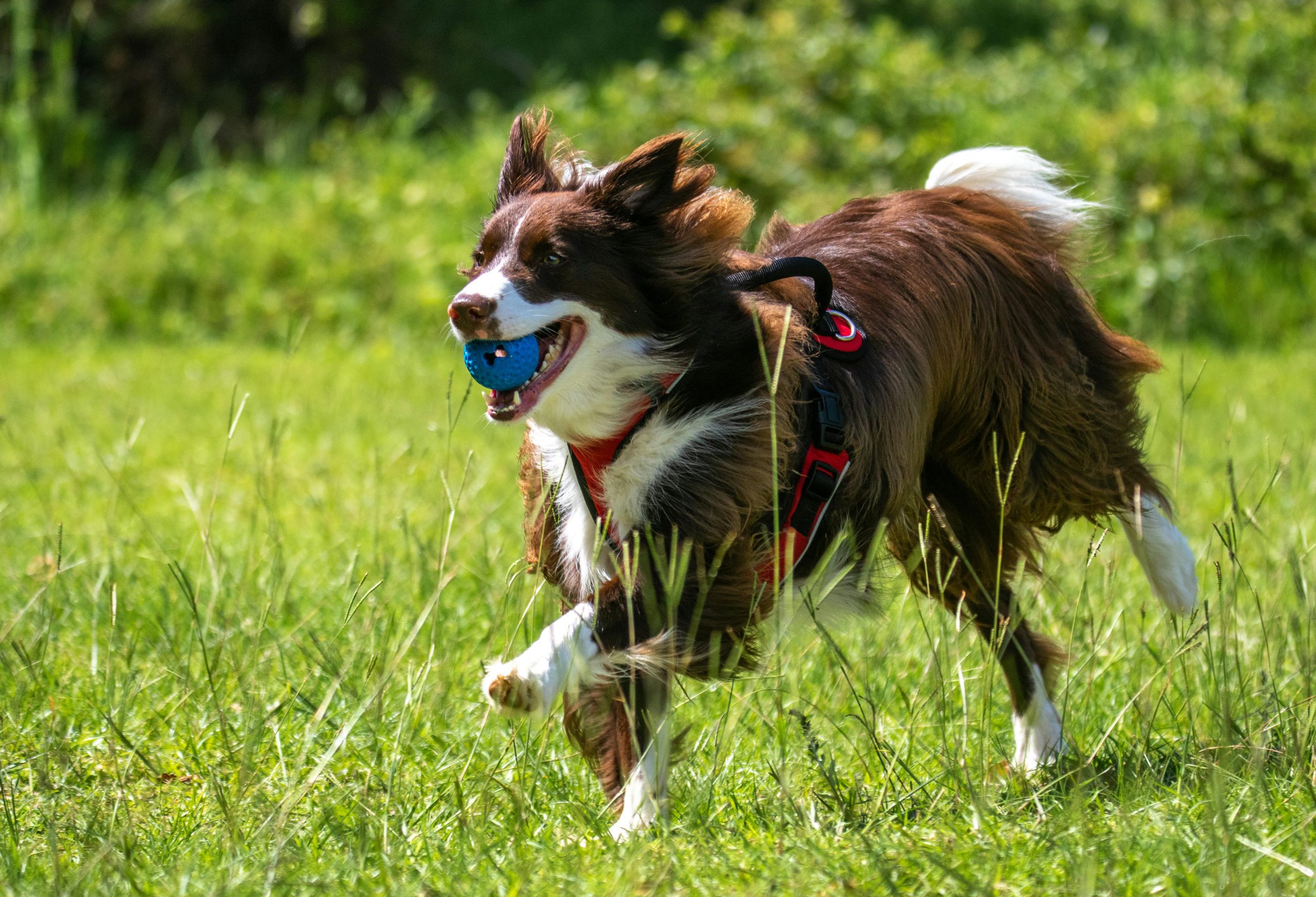
Red and white Border Collies display a rich, warm coat color that ranges from light honey to a deep, rusty red. This coloration is the result of a recessive gene that affects the intensity of the black pigment, turning it into a beautiful red. The pattern distribution mirrors that of the black and white variety, with the red parts replacing where black would normally be. This variation is particularly striking in sunlight, as the red hues can appear almost glowing. Red and white Border Collies are often sought after for their striking looks and are just as capable in performance and herding as their more traditionally colored counterparts.
4. Tricolor
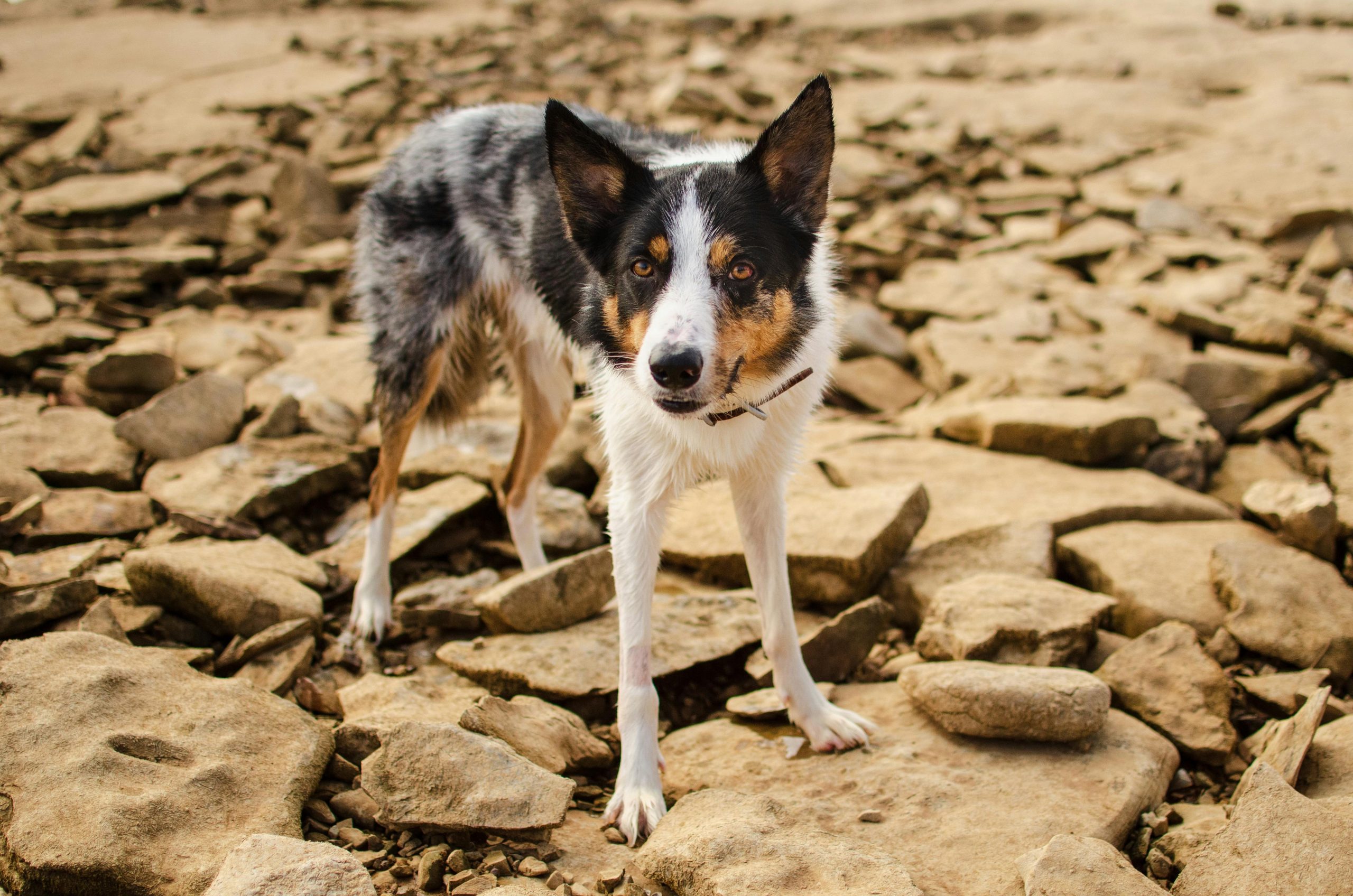
Tricolor Border Collies are a mesmerizing mix of black, white, and tan. The primary color is black, which covers most of the body, while tan markings typically appear on the cheeks, over the eyes, and on the legs. White markings are similar to those seen in the black and white Border Collies, often including a blaze on the face, a collar, or a chest splash. This color variation is both beautiful and practical, as the additional tan markings can help define body structure and expression, adding to the dog’s visual cues when communicating with sheep or other herd animals.
5. Sable
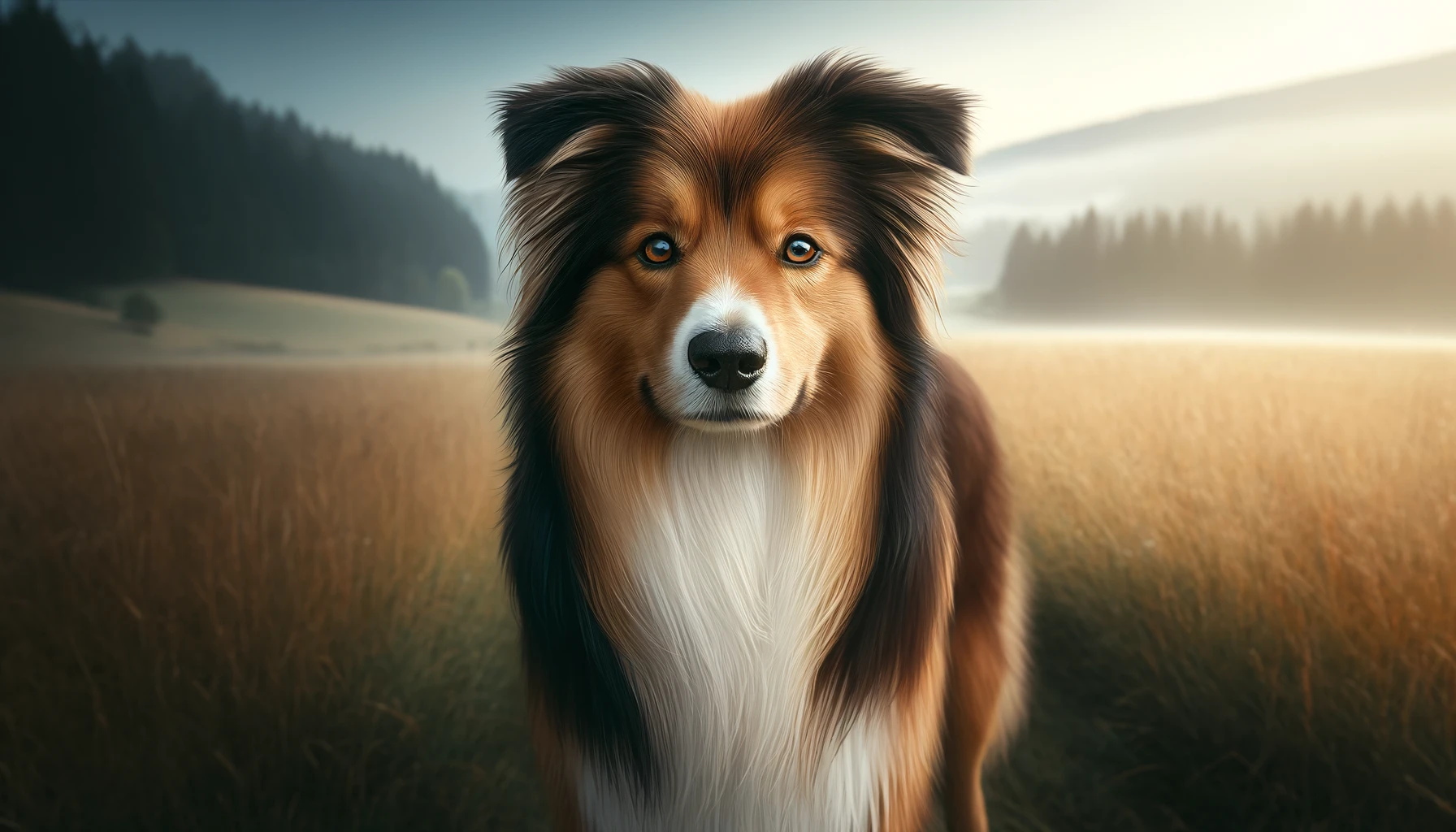
Sable Border Collies are characterized by a coat where each hair has multiple colors, usually with darker tips and a lighter base. The overall effect is a shaded look that can range from light gold to a rich mahogany. This coloration is quite variable and can sometimes be confused with the red and white variety, though sable dogs have a more multi-toned, layered appearance. Sable Border Collies are less common than other colors and offer a striking look that is highly valued by some breed enthusiasts for its rarity and complexity.
6. Brindle

Brindle Border Collies have a unique tiger-stripe pattern, with alternating dark and light bands of color. This pattern is rare in the breed and is more commonly seen in breeds like Boxers or Greyhounds. In Border Collies, the brindle pattern can range from subtle to pronounced and usually appears over a base color of tan or red. This distinctive look makes brindle Border Collies stand out in any setting, though it does not affect their working abilities or temperament.
7. Slate
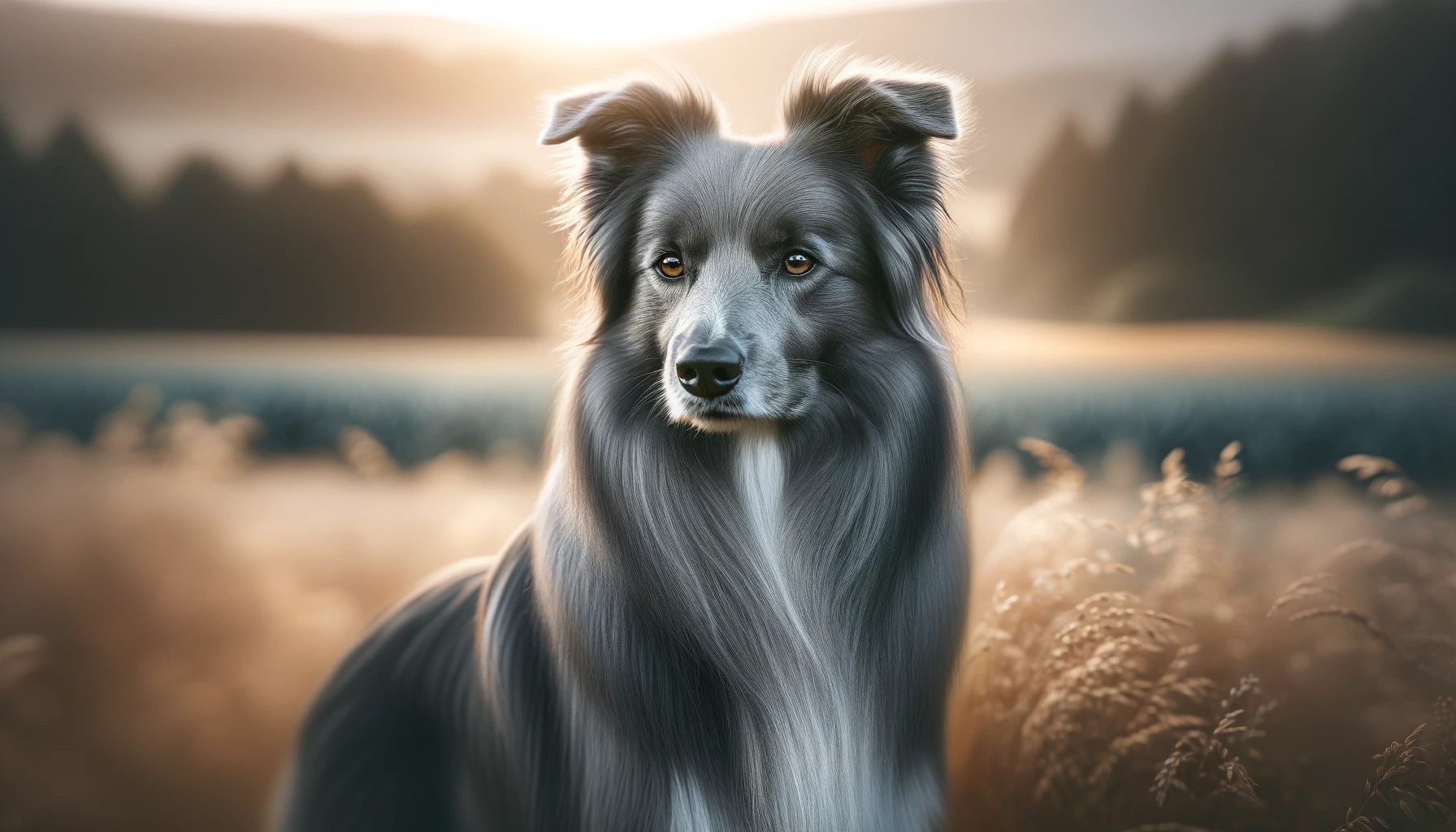
Slate Border Collies possess a dilute black coat that appears as a soft, muted gray. This subtle yet elegant color is less intense than the deep blacks seen in other Border Collies but offers a sophisticated alternative that stands out due to its rarity. Slate can appear almost mystical in certain lights, giving these dogs a ghostly beauty that is both alluring and serene. Like other colors, slate does not influence the dog’s working capabilities but does provide a unique aesthetic that can be particularly striking in the show ring or out in the field.
In conclusion, the Border Collie’s array of coat colors and patterns is as varied as the tasks they have been bred to perform. Each color variation holds its charm and history, contributing to the rich tapestry that makes up this extraordinary breed. Whether working on a farm, competing in agility, or serving as a loyal companion, Border Collies bring not only versatility and intelligence but also a splash of beauty in every shade.
Frequently Asked Questions About Border Collie Colors
1. What are the most common colors of Border Collies?
The most common colors for Border Collies are black and white. This classic and iconic coloration typically features a predominantly black coat with white markings on the face, neck, paws, and tail. This distinct pattern not only makes them easily recognizable but also provides good visibility in various herding environments, which is essential for their work. Black and white Border Collies are widely recognized due to their frequent appearance in media and at dog sports events, making them the face of the breed for many people.
2. Can Border Collies be solid colored?
Yes, Border Collies can be solid colored, although it is less common than patterned coats. The most prevalent solid color in Border Collies is black, but other solid colors like red or chocolate can occur. These solid-colored Border Collies still display the same physical and behavioral traits as their more commonly patterned counterparts. However, they may be less visually striking in a field setting, where contrast with the environment can help shepherds keep track of their dogs.
3. What does the blue merle Border Collie look like?
Blue merle Border Collies have a unique and striking appearance. Their coat features a mottled pattern of blue-gray, black, and white, which can sometimes include patches of solid color. The merle pattern is the result of a gene that dilutes random sections of the coat to a lighter color, creating a marbled or patchy appearance. Blue merle Border Collies may also have blue or odd-colored eyes, adding to their distinctive look. This coloration is particularly popular for its aesthetic appeal but requires careful breeding practices to avoid health issues associated with the merle gene.
4. What is a red and white Border Collie?
A red and white Border Collie has a coat where what would typically be black in a black and white Border Collie is instead various shades of red. This can range from a light, golden red to a deep, dark red. The red coloration is due to a recessive gene that affects the black pigment in the dog’s coat. Red and white Border Collies have the same patterns as black and white ones, typically with white areas on the collar, face, legs, and tail. This variant is as energetic and capable as any other color variation of the breed.
5. How rare are tricolor Border Collies?
Tricolor Border Collies are not extremely rare but are less common than the traditional black and white. Tricolor in Border Collies includes the colors black, white, and tan. The tan typically appears on the eyebrows, cheeks, and sometimes beneath the tail. The black forms the primary coat color with white markings similar to those of black and white Border Collies. This three-color combination adds depth and variety to the appearance of a Border Collie, making it a sought-after variation among enthusiasts.
6. Can Border Collies have different eye colors?
Yes, Border Collies can have different eye colors, which is more noticeable in certain coat colors like blue merle. The most common eye color for Border Collies is brown, but they can also have blue eyes or even one blue eye and one brown eye, known as heterochromia. This variation is particularly common in merle-colored Border Collies due to the genetic factors that create their coat color also affecting their eye color. Different eye colors do not affect the vision or health of Border Collies unless associated with other genetic issues.
7. What is the significance of white patterning on Border Collies?
White patterning on Border Collies is not just aesthetically pleasing but also functional. The white areas, such as the collar, face blaze, feet, and tail tip, help enhance visibility of the dog in working conditions, especially in low light or at a distance. This can be crucial for shepherds who need to keep track of their dogs among livestock or across large fields. Additionally, the white patterning is part of the breed standard and is favored in show rings for its traditional appearance.
8. Are there any health concerns associated with certain Border Collie colors?
Yes, there are health concerns associated with certain colors in Border Collies, particularly with the merle coloration. The merle gene can lead to auditory and ophthalmic issues, especially in double merles (dogs bred from two merle parents). These issues can include deafness and vision problems, including increased risk of blindness. It’s important for potential owners and breeders to be aware of these risks and to ensure responsible breeding practices to avoid health complications associated with coat color genetics.
9. What does the sable color look like in Border Collies?
Sable Border Collies have a coat where each hair has a blend of colors, typically with lighter roots and darker tips, creating a shaded or gradient effect. The base color can vary widely from light gold to dark mahogany. This multicolored appearance gives sable Border Collies a somewhat wild and natural look, differing from the more defined patterns seen in other color variations. Sable is less common and can be particularly stunning, making it a favorite among some breed enthusiasts.
10. Is color an indicator of temperament or health in Border Collies?
Color in Border Collies is not an indicator of temperament or health. The breed is uniformly known for its intelligence, energy, and working ability, regardless of coat color. While certain genetic factors related to color can influence health, such as in the case of the merle gene, the color itself does not directly affect a dog’s behavior or general health. When choosing a Border Collie, potential owners should consider more significant factors such as lineage, health clearances, and temperament, rather than color alone.

